Eclipses
A solar eclipse occurs when the Moon blocks out the Sun. A lunar eclipse occurs when the Moon moves into the Earth’s shadow.

Upcoming Eclipse Events at Griffith Observatory
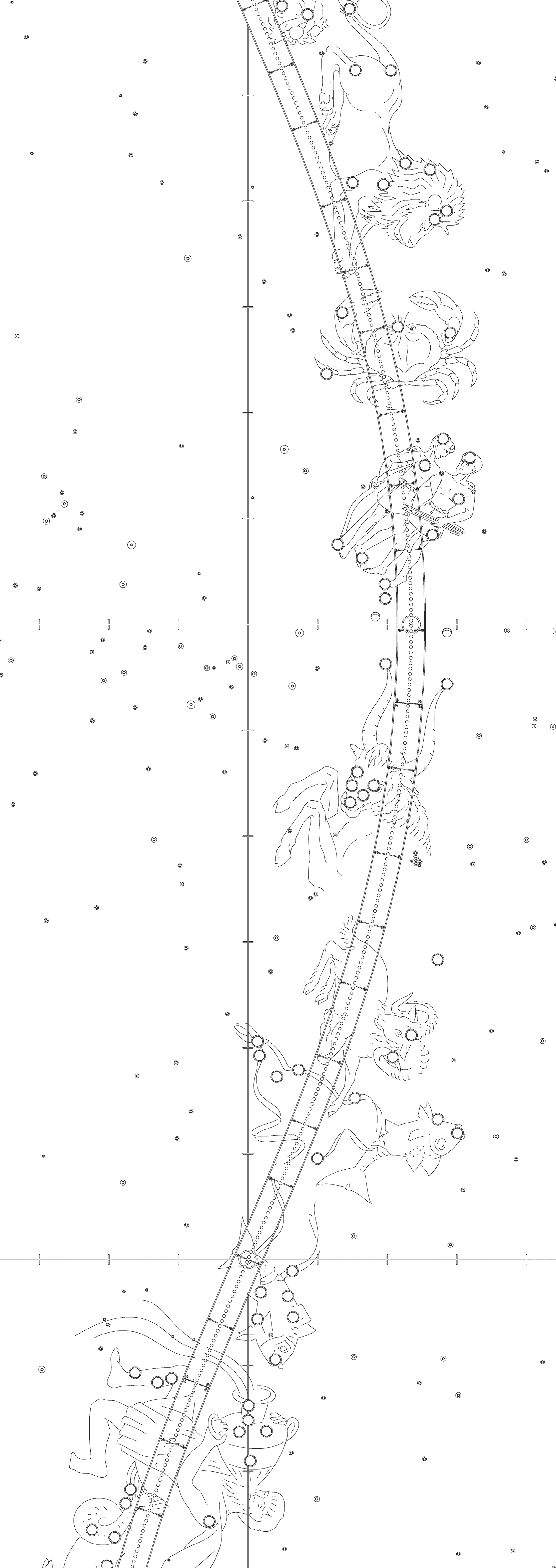
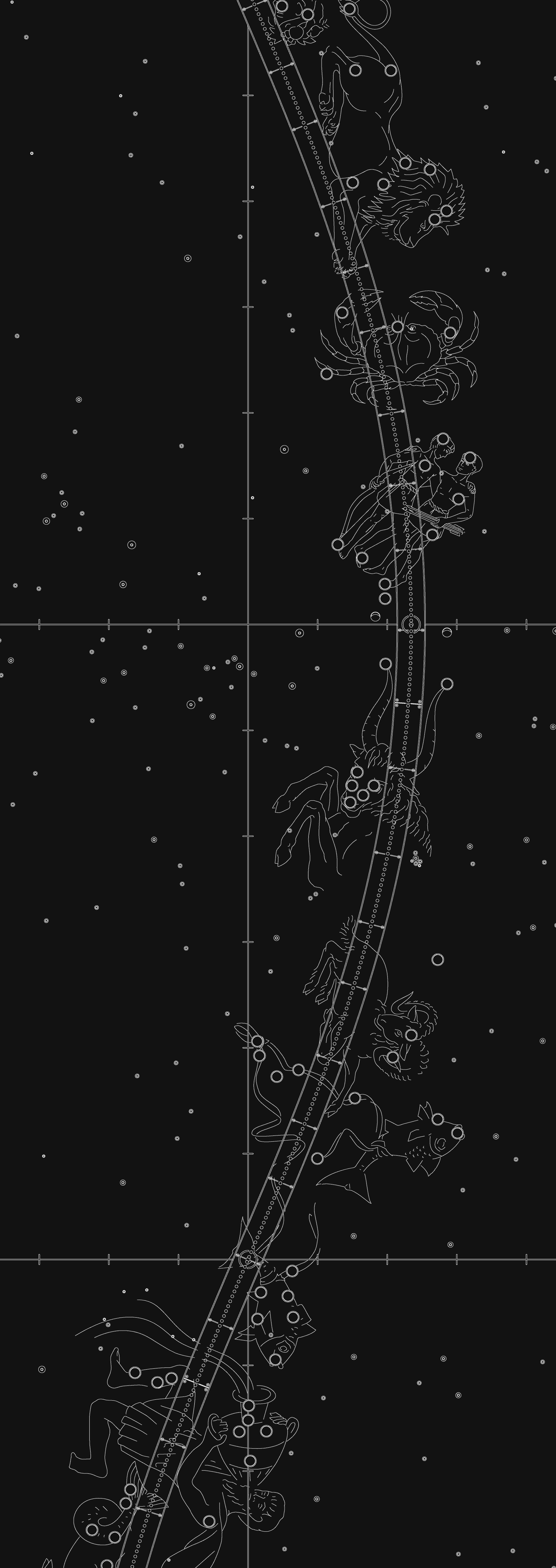
Solar Eclipses
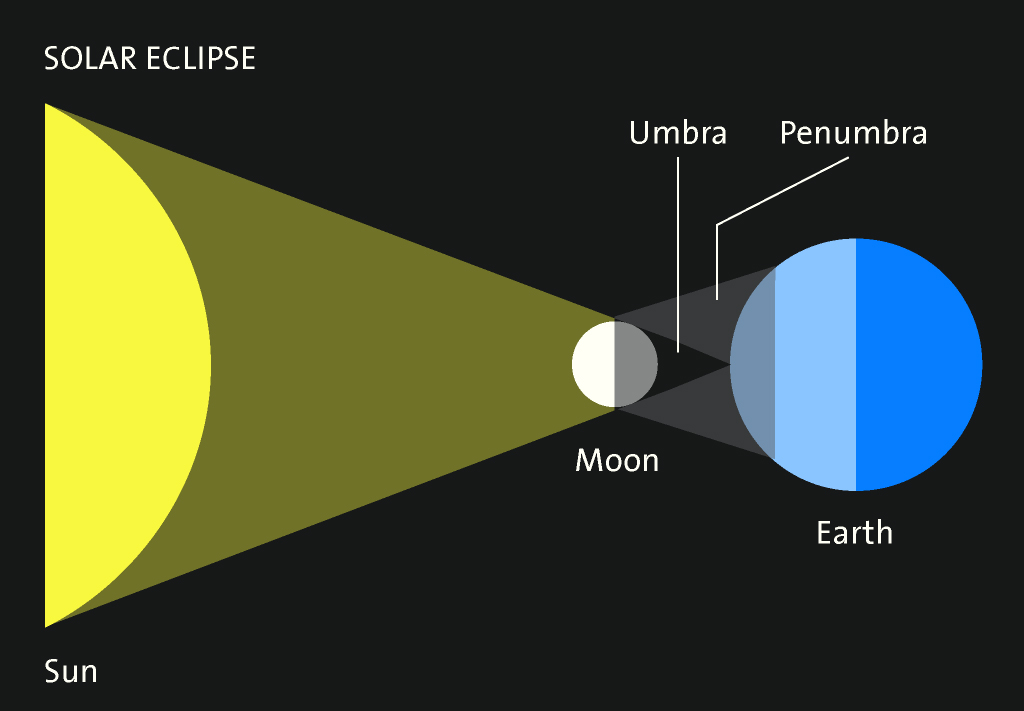
A solar eclipse occurs when the moon blocks out the sun. Unlike lunar eclipses that occur only during full moons, a solar eclipse can only occur during a new moon. Notice in the diagram how the moon’s shadow projected on the Earth is quite small. This means that solar eclipses are visible from only a small area on Earth. Solar eclipses also happen about twice a year on average. During totality, stars and planets become visible due to the darkness of the sky without the sun’s light. Total solar eclipses are also a rare opportunity to glimpse the thin solar corona; a wispy veil of ultra-hot plasma that surrounds our star. Learn more from NASA’s Solar Eclipse page.
Solar Eclipse of October 14, 2023
The eclipse is annular from Oregon to southern Texas. It will be a partial eclipse in Los Angeles:
Eclipse starts: 8:08 a.m., PDT
Maximum eclipse: 9:24 a.m., PDT (Moon covers 78% of sun’s diameter, 71% of sun’s area).
Eclipse ends: 10:50 a.m., PDT
For more information on the Observatory’s eclipse activities on October 14, check out our eclipse event page!
Solar Eclipse of April 8, 2024
The path of totality crosses a swath through Mexico, then across the eastern half of the U.S. (from Texas to Maine) and into Canada (Nova Scotia). This will be the last total eclipse in the U.S. for more than 20 years. In Los Angeles, it will be a partial eclipse:
Eclipse starts: 10:06 a.m., PDT
Maximum eclipse: 11:12 a.m., PDT (Moon covers 57% of sun’s diameter, 49% of sun’s area).
Eclipse ends: 12:21 p.m., PDT
Viewing the Total Eclipse: Join Griffith Observatory Foundation on an eclipse trip to México or Texas to view totality in 2024. Both trips along the path of totality and guided by Griffith Observatory staff astronomers. For more info, check out the eclipse trip page!
Lunar Eclipses
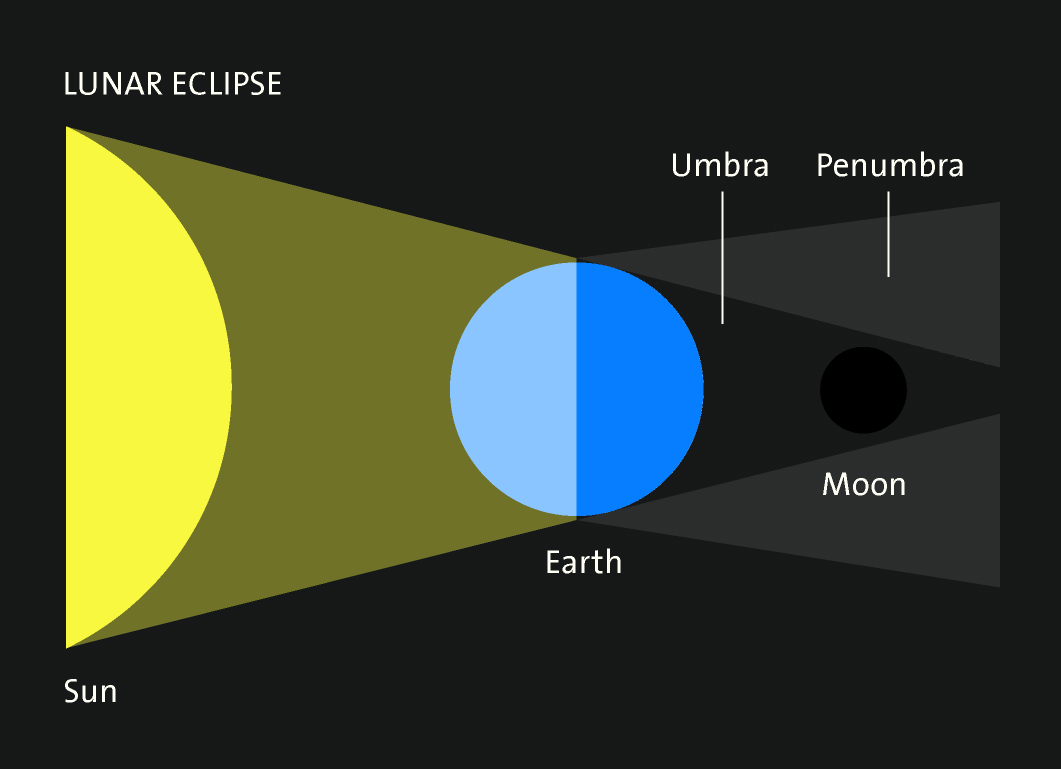
A lunar eclipse occurs when the moon moves into the Earth’s shadow. This can only happen when the moon is full, but does not happen on every full moon. Lunar eclipses are famous for turning the moon and blood-red color at and near totality. This is due to the Earth’s atmosphere acting as a lens and preferentially directing red and orange light onto the lunar surface. Lunar eclipses happen twice a year on average and are usually visible to much larger swaths of Earth than solar eclipses. In fact, favorable alignments can make Lunar Eclipses visible for up to half of the globe. Learn more on NASA’s Lunar Eclipse page.
Total Lunar Eclipse of March 13-14, 2025
Evening total eclipse. Totality starts at 8:57 p.m., PDT. Learn more.

Stream Past Eclipses

Solar Eclipse – April 8, 2024
Live online remote broadcast by the Griffith Observatory team of the total solar eclipse from Arkansas.

Total Lunar Eclipse Broadcast and Public Viewing, May 15, 2022
Live online broadcast and public viewing from Griffith Observatory, Los Angeles, CA | May 15, 2022
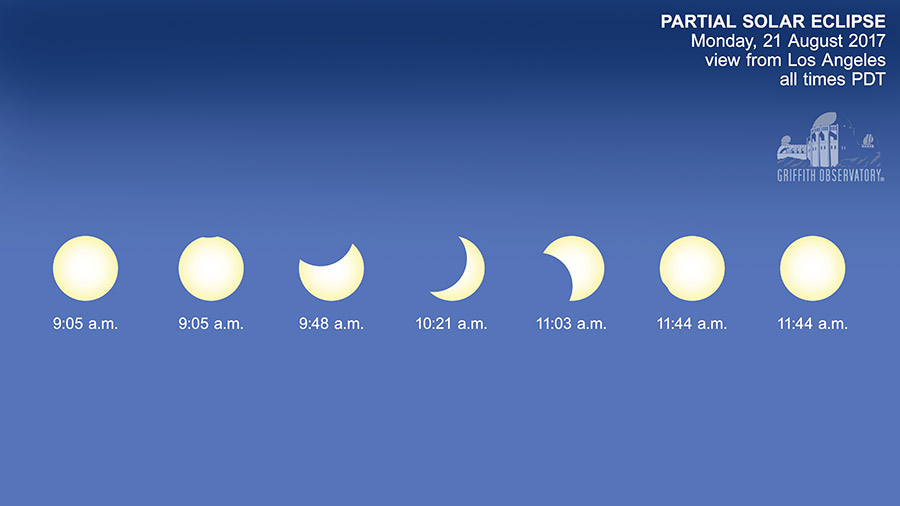
Partial Solar Eclipse! Public Viewing Event, August 21, 2017
On August 21, 2017, Griffith Observatory hosted thousands of people to view the partial solar eclipse.